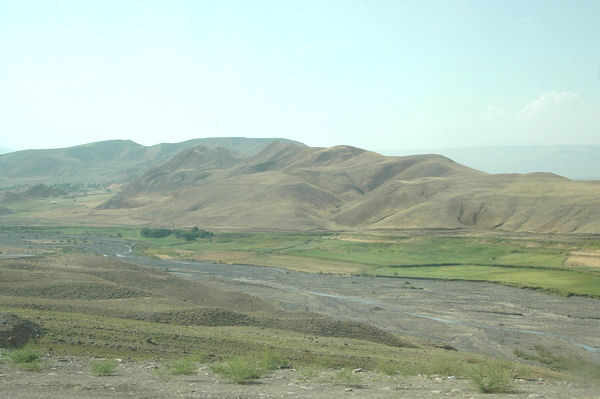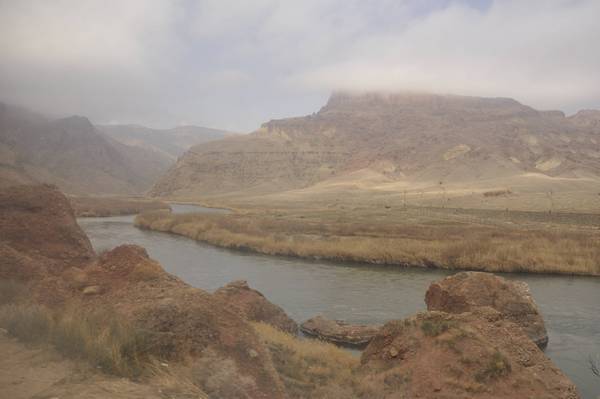Araxes
Q21093563Araxes (Greek Ἀράξης): river in ancient Armenia, modern Aras.

The name of the river is probably related to Rakhsh, which means "fast" and "brilliant". It is mentioned in several ancient sources. The most famous of these can be found in the Histories by the Greek researcher Herodotus of Halicarnassus:
The Araxes is said by some to be larger and by others to be smaller than the Danube. They also say that there are many islands in it, some of them as large as Lesbos [...]. It flows from Matiene [...], and discharges itself by forty branches, of which all except one end in swamps and shallow pools. The one remaining branch of the Araxes flows with unimpeded course into the Caspian Sea.note
There is no river that matches this description, but it is very plausible that Herodotus has combined information about the Araxes, which indeed can be said to have its source in Matiene (northern Cappadocia) and empties itself in the Caspian Sea, with the Oxus.
The "real" Araxes is also mentioned by Strabo, Pomponius Mela, Pliny the Elder, and Ptolemy.note

It has its sources near modern Erzurum, which is, as the ancients more or less correctly observed, not far from the sources of the Euphrates.note Flowing to the east, it passes south of modern Yerevan along the ancient Armenian capital of Artaxata, and finally joins the Kura river (the ancient Cyrus) shortly before reaching the Caspian Sea. Its total length is is just over 1,070 kilometers.
The Roman general Lucullus, attacking Armenia in 68 BCE, was the first Roman to cross the river; not much later, it was Pompey's turn. He built a bridge across the Araxesnote that greatly impressed his contemporaries. The poet Virgil calls the river the pontem indignatus Araxes ("the Araxes, angry at having been bridged"),note which became a stock phrase, also used by later poets. The word "Araxes" could also be used metonymically for Armenia.note